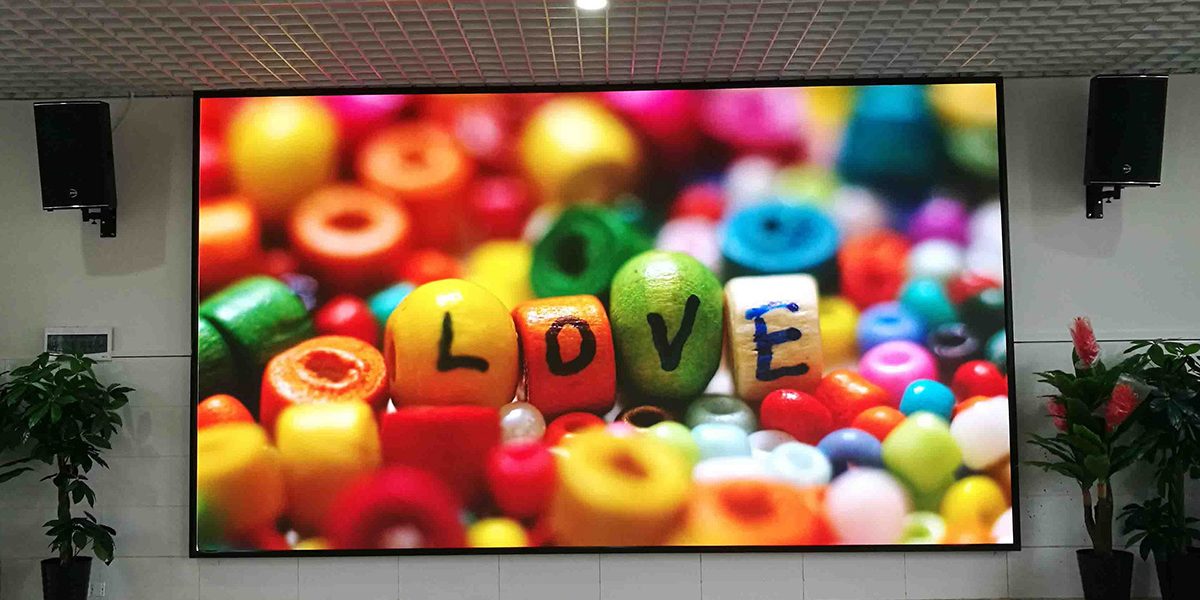First of all, LCD is a technology that displays images through optical modulation of liquid crystal molecules. The LCD display consists of a liquid crystal layer, a fluorescent backlight, and a glass panel. LED, on the other hand, is a display technology that uses light-emitting diodes as a backlight. The LED display consists of several light-emitting diodes that display the image by controlling the brightness of the LED.
LCD can control the transmittance of light by changing the electric field, thus forming an image. Fluorescent backlights provide backlight illumination so that images can be seen. LED display has high contrast, high brightness, good black display effect, in addition, LED display can also achieve high refresh rate and wide color gamut, making it more outstanding in color performance. LCD displays have lower power consumption, thinner appearance, and higher color accuracy.
The contrast ratio of the LCD display is relatively low, and the black display effect is not deep enough. However, compared to liquid crystal displays, LED displays have higher power consumption. Comparison from the perspective of viewing angle: LED display is wider in viewing angle, and viewers can get clear visual effects from a larger angle range. LED displays generally last longer than liquid crystal displays and can provide longer use time.Its waterproof rating is IP67, allowing it to adapt to all kinds of harsh outdoor conditions and even to all kinds of extreme weather.
At the same time, LED displays are usually more expensive than LCD displays, and have certain requirements for the budget. This is because LED technology is more advanced and complex than traditional liquid crystal display technology, and high-quality LED chips and other related components are required in the production process, which increases production costs. The manufacturing process of LED display is relatively complex, requiring multiple links such as chip packaging, assembly, color calibration and debugging, which require a high level of technology and equipment investment, and will also bring additional costs.
LED displays have a large market demand in high-end advertising, outdoor advertising, stage shows and other fields, LED screen products are available in DIP and SMD surface mount series to meet applications with different point pitch, line-of-sight brightness and environmental requirements.


























